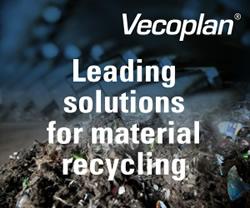New Solar Energy Technology Can Create Steam Without Even Having To Boil Water
The new method has many potentially very useful applications. These include the creation of very inexpensive and compact devices that can purify water, the sterilization of medical equipment, sewage treatment, and more energy-efficient alcohol distillation.
“This research opens up a revolutionary new application of nanoparticles in solar energy,” said Paul Weiss, Ph.D., editor-in-chief of ACS Nano, the journal in which the new study was published. “The authors show that sunlight can be used to create steam with virtually no wasteful heating of the surrounding liquid. The potential societal benefits are staggering. They include more energy-efficient distillation of alcohol, a new and highly practical strategy for desalination and water purification and compact solar-driven sources of steam for sterilization and sanitation in resource-poor locations,” said Weiss.
Comments (0)
This post does not have any comments. Be the first to leave a comment below.
Featured Product

